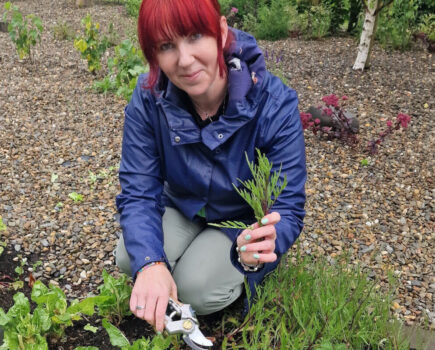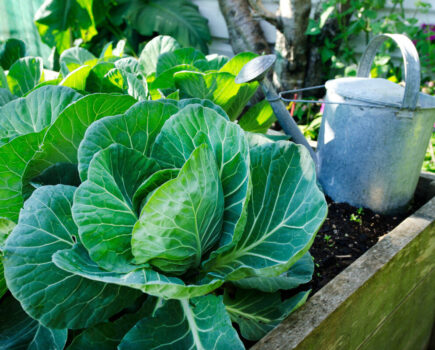Adam’s brilliant idea for thrifty repurposing boots
A while back, while perusing the aisles at the garden centre, I came upon the ‘pots’ section. Small and large, terracotta, wood, plastic, ceramic, you name it – they had it, and then I saw something that gave me an idea. It was a small terracotta planter designed to look like a pair of Wellington boots – but the price tag put me off!
Funnily enough, the very day before, I’d spotted an old pair of boots at the back of the shed – cracked, muddy, and well past their walking days. But instead of throwing them out, I saw their potential. Half an hour’s work, a bit of greenery, and they’d be perfect for brightening up a dull corner of the garden.
Wellie planters can dry out quicker than regular pots, so make sure to water them regularly – especially in warmer weather!
Step 1. Get your wellies
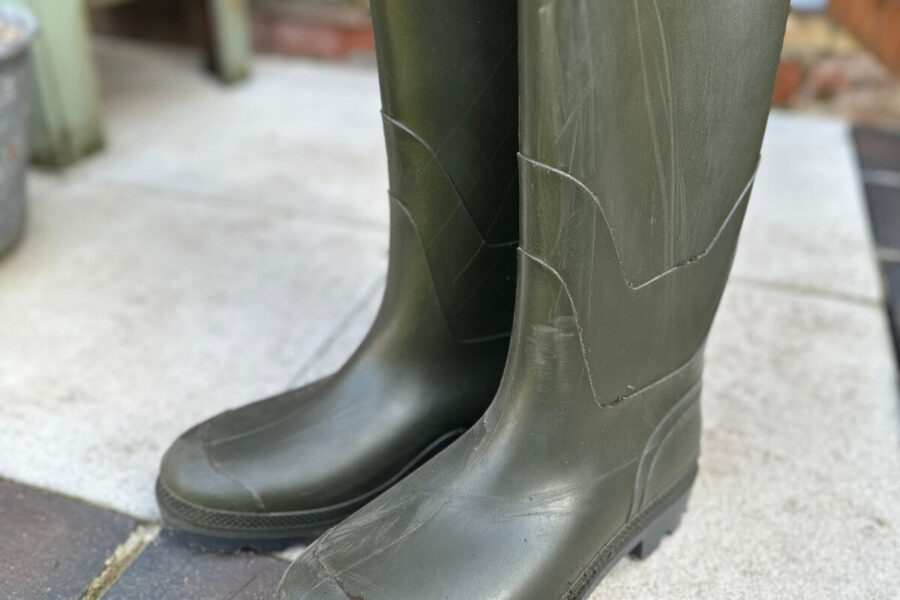
First things first, find an old pair of wellies. They don’t have to be matching, and in fact the more character they’ve got, the better they will look. Maybe it’s the kids’ outgrown pair, your trusty old gardening boots that have seen better days, or a funky set from a charity shop. Give them a quick clean to get rid of the worst of the mud, or leave them as they are for added character!
Step 2. Drill drainage holes
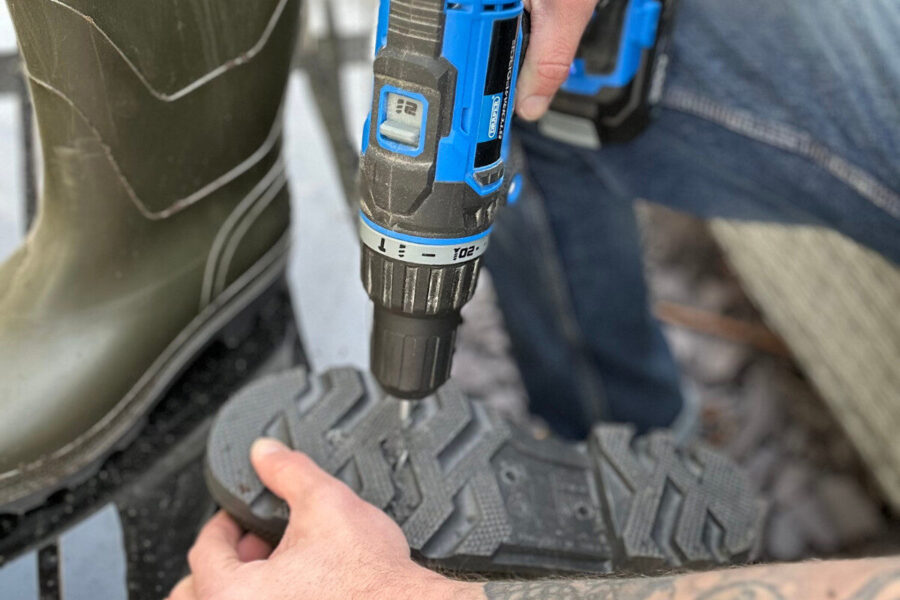
Like any good planter, your wellies need drainage, or they’ll turn into a swampy mess. Flip them over and use a drill to make a few small holes in the soles. No drill? No problem! A hammer and nail will do the job, but make sure you hold them firm as you create the holes (pop them in a vice if you have one) and be careful.
Step 3. Add compost
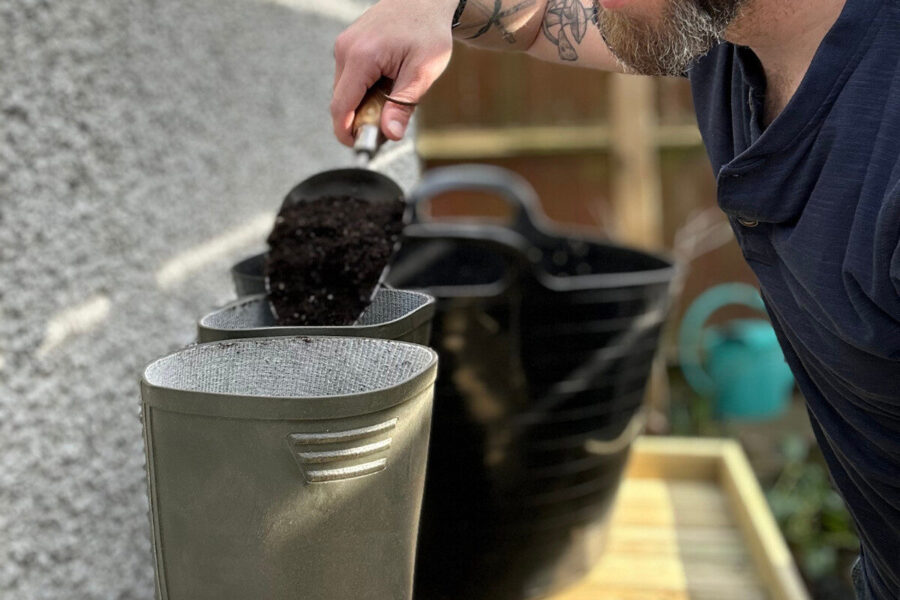
Now, it’s time to get filling. Start with a thin layer of gravel or small stones in the bottom to help with drainage and stop the soil from blocking the holes. Then, scoop in your compost, filling the boots almost to the top. If you’re using plants that like drier conditions, such as herbs, you can mix in a bit of sand or grit to improve drainage. Squeeze the sides of the boots and give them a good tap to help settle the compost down into the toes.
Step 4. Time to get planting
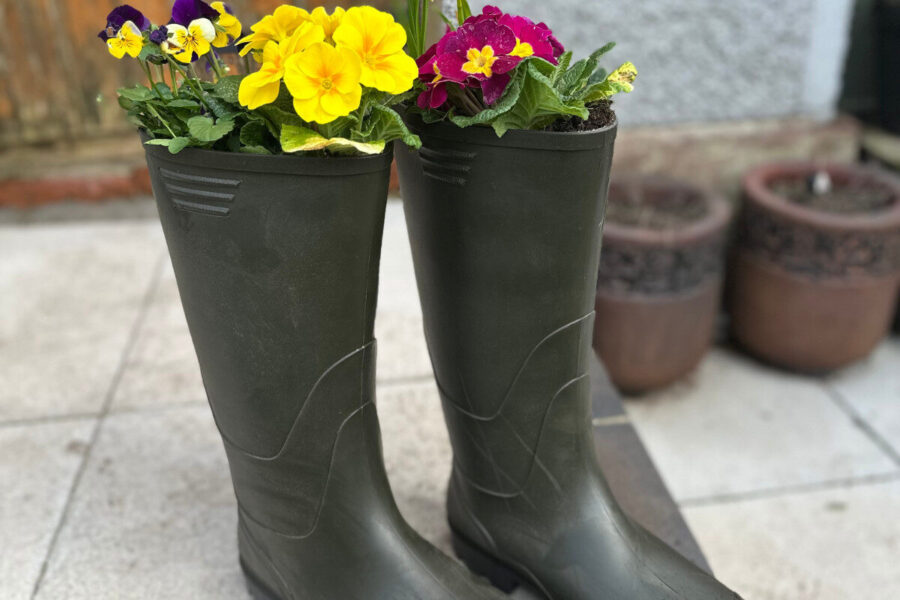
Now for the fun bit – choosing what to plant. Bright flowers like pansies or petunias will give you a pop of colour, while trailing plants like ivy or lobelia will spill over the edges beautifully. If you fancy something practical, herbs like thyme and rosemary work a treat too. Nestle your plants into the compost, firm them in gently, and give them a good watering to help them settle in.
And that’s it – your wellies are officially reborn as planters! Pop them by your front door, line them up along a garden path, or hang them from a fence for a fun vertical display. However you use them, they’ll bring a little charm and a whole lot of personality to your garden. Who knew an old pair of boots could have such a stylish second life?
Find more tips, advice and articles like this at the Amateur Gardening website. Subscribe to Amateur Gardening magazine now

